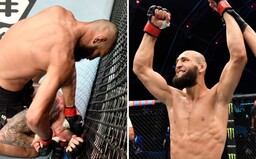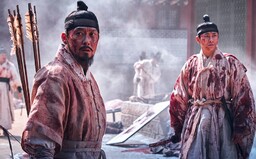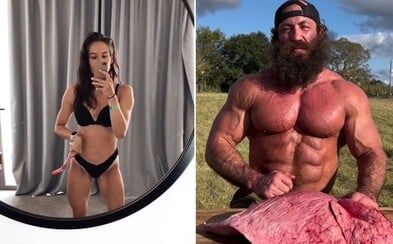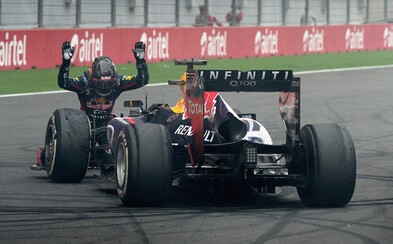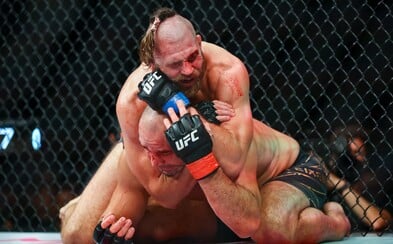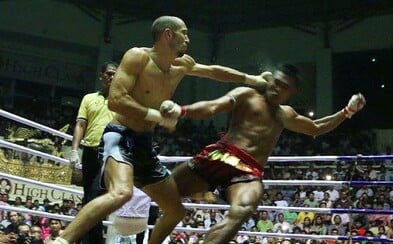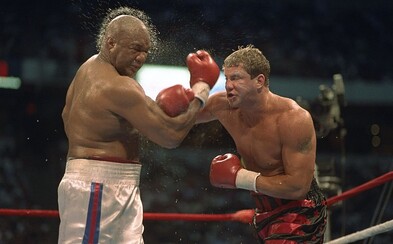 The Return Of Conor McGregor, Jon Jones Or Ivan Buchinger. The Most Anticipated MMA Fights Of 2023
The Return Of Conor McGregor, Jon Jones Or Ivan Buchinger. The Most Anticipated MMA Fights Of 2023
The Return Of Conor McGregor, Jon Jones Or Ivan Buchinger. The Most Anticipated MMA Fights Of 2023
The Return Of Conor McGregor, Jon Jones Or Ivan Buchinger. The Most Anticipated MMA Fights Of 2023
28 Years of UFC and How It All Started
The largest mixed martial arts organization, the Ultimate Fighting Championship, is celebrating 28th anniversary in November. We have mapped some of its beginnings.
If problems persis, please contact administrator.
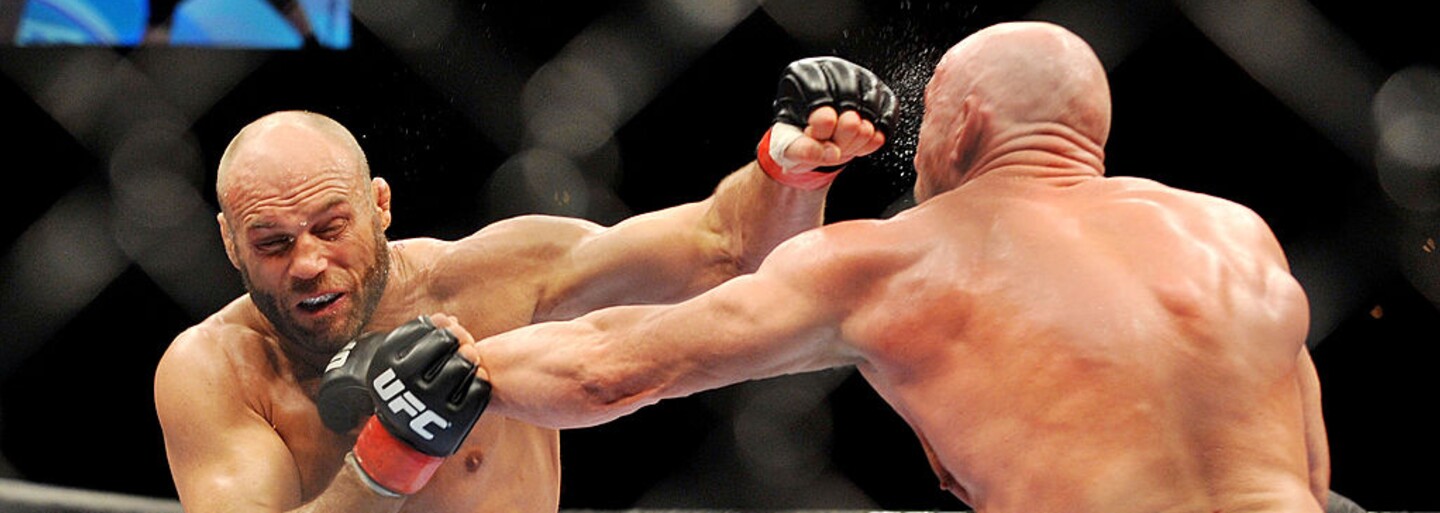
Relentless head kicks, eyebrow-ripping elbows, headbutts that required an ambulance immediately, massive weight or height differences between wrestlers... These are a few examples of what the prestigious league in the world - the UFC looked like in its very early beginnings.
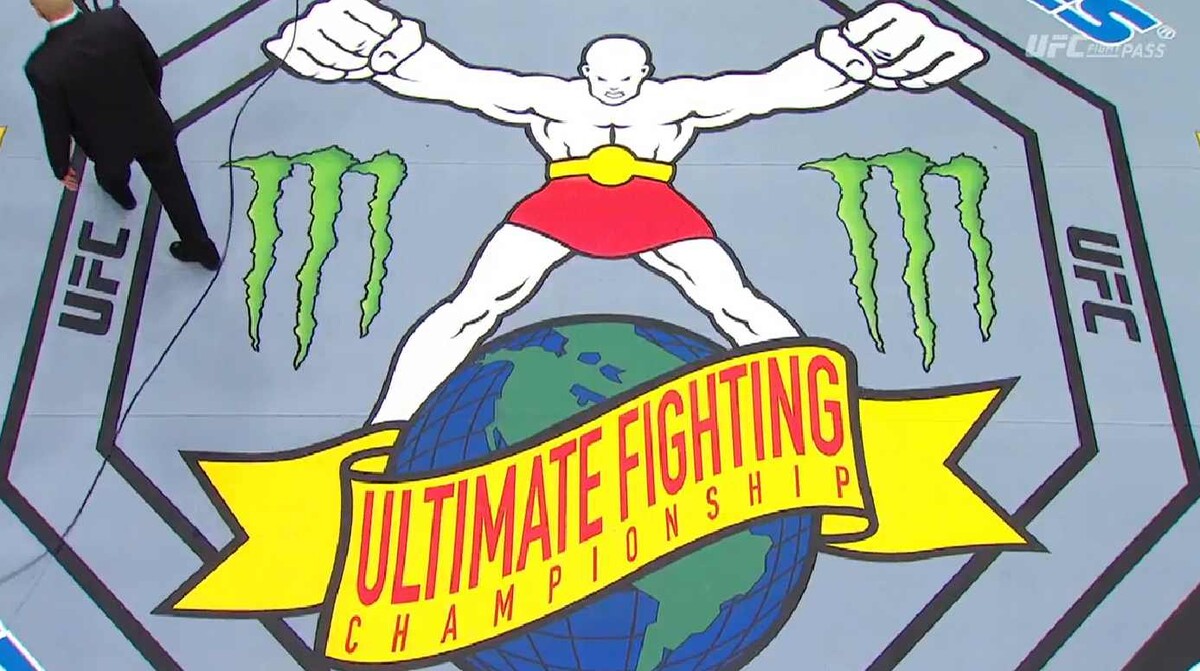
If you regularly tune into the MMA and UFC world, you're probably well aware that the rules are quite strict today. For example, the fighters aren't allowed hold on to the fence, they can't use their knees while the opponent is leaning against the ground with one hand, or kicking the opponent in the head. On top of that, everyone must have the same conditions - in terms of clothing, equipment and especially gloves.
Cage fighting with kimono and no gloves
There were times when some wrestlers would wear a kimono with a belt, for example. It could alleviate the pain, but also could be helpful for the opponent as well. Some would wear special shoes, while others remained barefooted.
In other cases, the wrestlers wouldn't wear gloves, which caused frequent injuries. It was definitely not unusual for the fight to end within the very first minute.
These days, the number of rounds and their duration are clearly defined. Same with the ways in which the match can end. After three or five rounds, the result can also be decided by point judges outside the cage, who evaluate both wrestlers individually. In the first Ultimate Fighting Championship, called UFC 1: The Beginning, the matches could only end in a knockout, submission or by the coach throwing a towel in the cage.
Three opponents in one night
Historically, the first tournament was on November 12, 1993 at the McNichols Sports Arena in Denver and used pyramid elimination. All wrestlers had several matches on that evening. Those who made it to the finals have fought up to three matches that night, and they often took a bad injury from each previous match.
The winner of this pyramid would earn a royal win, up to 50 thousand US dollars. The paradox is that today they give the same amount to fighters on a weekly basis, whether it's for performance or one evening match. When it comes to other rules, the only no-go's were biting, stabbing in the eyes and kicks or punches between the legs.
While weight classes are now clearly defined (featherweight, lightweight, welterweight, middleweight, etc.), there used to be no such thing. So right in the first match of the very first tournament, the Dutchman Gerard Gordeau went against the American Teila Tuli, known mainly from sumo matches. The Dutchman weighed less than 100 kilograms, while Tuli weighed around 185. However, Gordeau was much taller.
That didn't seem to help the American much anyway. Even though he rushed at the Dutchman in the first seconds and pushed him against the fence, Gerard brought Tuli to the ground with only a few hits and "finished" him off with a precisely aimed kick to his face. This type of a hard kick, which today would automatically end the match and disqualify the Dutchman, back then they merely interrupted the match so that the doctor could take a look at Tuli. Only then did he decide the match is over, despite the protesting American, who wanted to keep fighting.
First star of the organization
The absolute star of the evening was the Brazilian Royce Gracie with a black belt in Brazilian jiu-jitsu, who literally cleaned the entire pyramid after beating three opponents on submission, always within the second minute of the match at the latest. He was the one who was honored with the coveted prize and medal. At the time, they didn't give away the belts for champions yet. Right there it was clear that he would become a big player who would stir things up in the world of UFC.
Gracie was like a hurricane, not giving his opponent a single chance. He always found a way to sneakily get his opponents on the ground and once he had them there it was easy to get them tired by strangling or other techniques. He also scored three submissions in one night at the following UFC 2: No Way Out tournament on March 11, 1994, taking home 60,000 dollars.
The first tournament he didn't win was at UFC 3. This wasn't because someone had beat him, but he wasn't able to continue after a tough match with the powerful and muscular Kim Leopold. He was simply too exhausted.
He also challenged Tyson, who was in prison
Kim's entry into the cage before the match was also one of the UFC's most bizarre "successions". The wrestler imitated Jesus Christ and carried a real wooden cross on his back, which was not a very sensible move in terms of tactics. He was probably exhausted before the match even started.
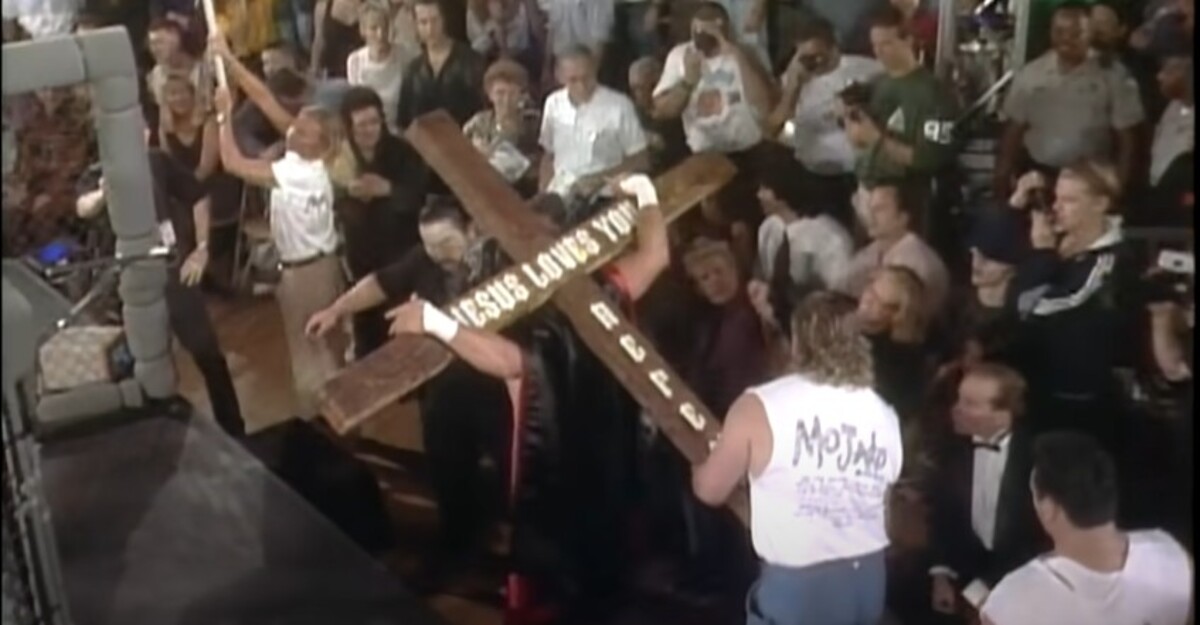
Ron van Clief, 51-year-old wrestler, also appeared at UFC 4: Revenge of the Warriors. As expected, he wasn't keeping up with Gracie. However, this was the biggest test so far for the Brazilian champion, since he was up against the huge and very dangerous Dan Severn in the final. He also destroyed his opponents on submission. The highly anticipated duel went on for almost sixteen minutes, with Royce Gracie leaving with his hand up.
Gracie's popularity and confidence were so humongous that the Brazilian even challenged the dreaded Iron Mike Tyson to a duel in the MMA. Until then, everyone was afraid of Tyson and didn't dare to even look at him. However, since Mike was in prison at the time, the match couldn't take place. However, according to Bleacherreport, the famous boxer later admitted that Gracie would probably defeat him. Force wouldn't play a role in the potential duel.
"Well, in '93, I was in prison, so there would not have been a fight, but there is no way I would have won. I had no idea what was going on with that type of fighting and would’ve been taken by surprise. I would have had to train in that particular art of fighting for that to happen. That’s a particular art. You are not going to go in there with your just your hands, you need to have a great ground game as well. You also need a great wrestling game to be successful. You have to have both skills, wrestling and boxing. That’s the truth.” said Iron Mike.
New era with belts
The first holder of an original UFC belt was the above mentioned Dan Severn in 1995. He defeated Dave Beneteau in the fifth tournament. The SuperFight belt was also to be awarded on that evening, but the revenge between Ken Shamrock and Royce Grace ended in a tie after incredible 37 minutes of hard fighting.
More and more wrestlers were gradually becoming stars of the organization. One of them was Mark The Hammer Coleman, who dethroned Severn from in 1997 at UFC 12. However, he won a completely new belt. This was a turning point, which started a whole new era of the UFC, with a fight for Heavyweight title. For the first time they awarded a title within a specific division.
With his ruthless ground and pound, Coleman literally terrorized his opponents. His punches really had the force of a hammer and often tore the opponents' faces to pieces. His famous headbutts, with which he managed to end any match without much difficulties, were just as hard. Coleman's name shines bright alongside the names of Gracie and Severn in the UFC Hall of Fame.
You're a maniac, I'm surprised you haven't kill someone
Maurice Smith, Randy Couture, Bas Rutten and Kevin Randleman, just 175 centimeters tall, also became Heavyweight Champions during the first decade of the UFC. Vitor Belfort, Gary Goodridge, Don Frye and the uncompromising Tank Abbott with a psychopathic expression of a killer were also popular fighters who never disappointed the fans and always put on extremely exciting fights. Tank was really like a rabid animal in the octagon.
Abbott had a lot of real street battles, but one eventually turned out to be fatal for him. According to Sport Legends, when Abbott worked in a liquor store, he has brutally beat up one of the customers. Turns out it was a son of a detective. He filed a personal injury charge, so the wrestler ended up in jail for six months. The judge told him, "Mr. Abbott, you're a maniac. I'm surprised you didn't kill anyone."
Tank Abbott became a legend in the UFC, but as he himself later admitted, he was never interested in fame. He simply loved violence. "I’ve never cared about fame. If you took fame into an actual thing, I was famous ever since I was ten years old on my street because I beat up the whole neighborhood. In my world, the whole neighborhood knew who I was and it exponentially grew when I was in high school and after high school into my early twenties. Everybody knew that I was the bad boy of Huntington Beach and there was no dispute," he said.
Pointless human cock fights
MMA was a fresh, new sport that was still evolving and going through various stages in the 90s. It also couldn't escape public prejudice. The combination of various disciplines and martial arts such as wrestling, boxing, Thai boxing, taekwondo or jiu-jitsu was concerning to many. People said that the human cockfights spoil the youth and that they're meaningless. New York State even banned MMA in the 90s and no tournaments could take place there.
In an effort to expand and get inside the prestigious Madison Square Garden, this represented a considerable complication for the organizers. Today, UFC tournaments are quite common in New York. Big change within the organization came when Frank and Lorenzo Fertitta bought it for 2 million dollars in January 2001. Dana White became president of the UFC and he still remains in this position until this day.
It was under White's leadership that the UFC grew into a popular multibillion-dollar venture. With the TV deal and expansion to Australia, Asia, Europe and emerging markets in the U.S., UFC's popularity has increased to greater mainstream media coverage, generating total revenue of approximately 609 million dollars in 2015.
First female duels and popular reality show
What popularized the UFC the most was The Ultimate Fighter reality show. Spike TV started the first season in January 2005. It was a show in which emerging MMA fighters competed for a six-digit UFC contract. They were gradually eliminated through mixed martial arts exhibition matches.
The Ultimate Fighter culminated into a fantastic bloody match in the Light Heavyweight division between Forrest Griffin and Stephan Bonnar. To date, the UFC has put out a total of 29 series of this popular reality show. Last one was this year.
Another turning point was undoubtedly the first female match. Although Dana White once said that women will never fight in the UFC, he changed his mind on February 23, 2013, when Ronda Rousey and Liz Carmouche entered the cage in front of the sold-out Honda Center in Anaheim, California. They fought for the Bantamweight title at UFC 157.
Famous commentator Joe Rogan was heard on the mic at the time saying that this was an important moment for the culture. Ronda Rousey won the first round with the Arm Bar technique. Today, female UFC fighters compete in four weight categories (strawweight, flyweight, bantamweight and featherweight).
If problems persis, please contact administrator.

